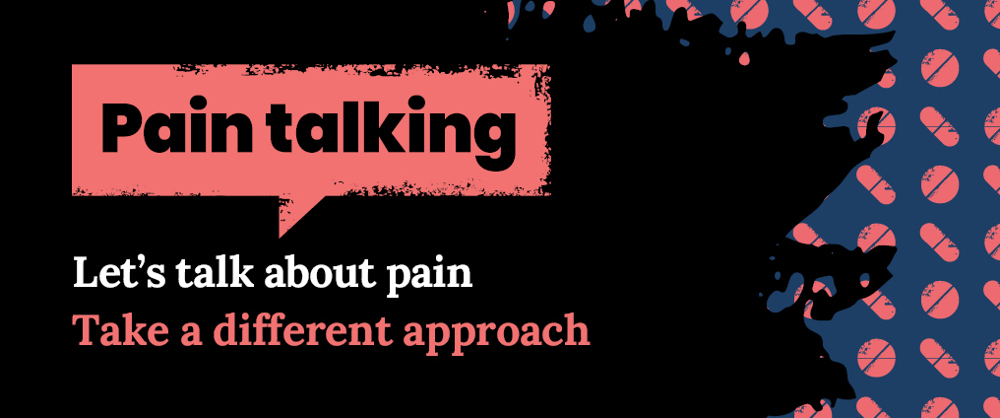
This information has been developed to supplement the information the doctor or healthcare practitioner has already given you.
Date of Issue: March 2025
Review Date: March 2026
If the review date has passed, the content will apply until the next version is published.
NSAID (Non-Steroidal Anti-Inflammatory Drug) gel
NSAIDs are also called anti-inflammatories. Ibuprofen and diclofenac are examples.
NSAID gels are applied directly to the skin. The most commonly used are Ibuprofen 5% and diclofenac 1%.
NSAIDs reduce the production of chemicals in the body that cause inflammation and pain. They can reduce swelling, heat, pain and stiffness in joints and muscles. The massaging action of applying the gel may also help relieve symptoms.
How to use a NSAID gel
- Apply a thin layer of the gel to the painful area
- Apply three or four times daily, as directed
- Use gentle massage
- Wash hands carefully after application, unless treating your hands
Are there any side effects?
All medicines can cause side effects but not everyone will get them. Read the information leaflet provided with the medicine.
Common side effects are redness, rash or itching of the skin. The area where applied. This usually resolves after a few days.
An NSAID gel may increase your skin more sensitive to sunlight.
Uncommon side effects include nausea, indigestion, stomach discomfort, or worsening asthma.
Severe allergic reactions are rare but include problems swallowing or breathing, and swelling of the lips, face, throat or tongue.
If you experience any severe or ongoing side effects, stop using the gel, and talk to a doctor or pharmacist for advice.
How long should I use a NSAID gel for?
It may take 2-4 weeks of regular use to get the best effect.
It can be used for as long as it is helping and not causing problems. Do not continue use if it is not helping.
Many long-term pain conditions only have inflammatory pain part of the time. The gel can be used occasionally or short term to help manage periods of increased pain, swelling, or stiffness.
Important
- Do not use an NSAID gel if you are also taking an oral NSAID
- Avoid contact with eyes, mucous membranes and inflamed or broken skin
- Avoid excessive sunlight on the area where you are using the gel
- Do not use plasters, dressings or bandages on top of the gel
- If no benefit after 4 weeks discontinue use
Medication in chronic pain
Medicines are not always helpful for long term pain.
They can cause side effects and harm.
It is best to stop medicines that are not working or cause problems.
It is helpful to find other ways of managing pain.
A doctor or pharmacist can explain more.
Remember
Do not stop medicines suddenly.
Do not share medicines.
Never take more medicine than prescribed.
Let your doctor or pharmacist know if you take other medicines or products.
Read the information sheet given with each medicine.
Keep medicines out of the reach of children.
Store medicines safely.
Return unused medicines to your pharmacy.
If medicines make you drowsy, do not drive.
Discuss any medication concerns with your doctor or pharmacist.
Accessible formats
If you require this information in a community language or alternative format such as Braille, audio, large print, BSL, or Easy Read, please contact the Equality and Human Rights Team at: email: fife.EqualityandHumanRights@nhs.scot or phone 01592 729130. For people with a hearing or verbal impairment you can also contact the team through the NHS Fife SMS text service number on 07805800005.
